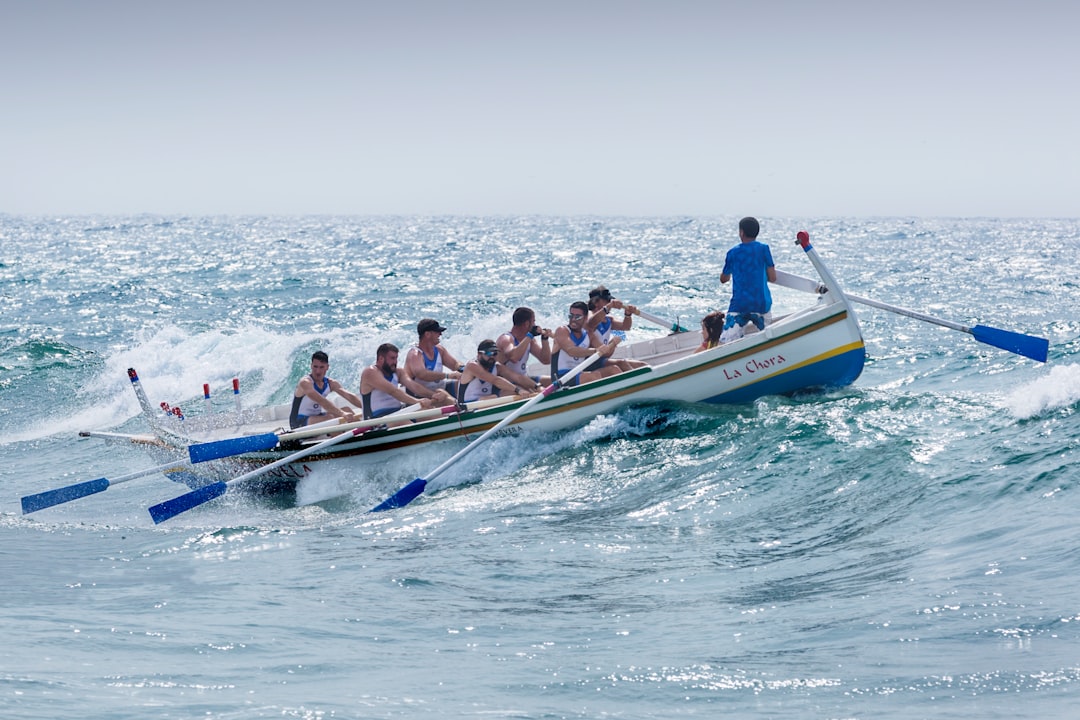What is it about?
Abstract Purpose – The purpose of this paper is to illustrate how a stakeholder approach based on a case-study research was used to define a method to be applied across the Portuguese seaport administrations (SA) in order to justify the tariffs to be charged for a variety of services provided by these entities. Design/methodology/approach – The study involved both the Portuguese maritime transport regulator (IPTM) and the SA in the various stages that led to the proposition of a new method to be applied in cost calculation and reporting. Acting as consultant-researchers, the authors have used a multiplicity of data sources (e.g. regulations, reports and interviews), while involving users and providers of information in the design of the proposed method. Findings – The common acceptance of a set of rules regarding minimum levels of harmonisation in computing tariffs based on cost coverage was possible thanks to a strategy that has fostered a collaborative and interactive process engaging consultants and clients. The defined method respects the main principles and good practices of cost accounting, namely those related to cost traceability, classification and controllability. Moreover, it specifies how certain elements (e.g. depreciation, external services and personnel charges) with impact on cost structures of seaports should be measured according to the new financial accounting standards. The technical solution proposed represents a good compromise, while cost accounting systems in Portuguese SA are still under development. Originality/value – The paper describes the application of a case-study methodology to the resolution of a problem where requirements of customisation and harmonisation were essential to enhance the quality of the solution, as perceived by both the regulator and SA.
Featured Image
Read the Original
This page is a summary of: Price regulation and cost accounting: the case of the Portuguese seaport sector, International Journal of Law and Management, November 2013, Emerald,
DOI: 10.1108/ijlma-08-2012-0030.
You can read the full text:
Contributors
The following have contributed to this page










